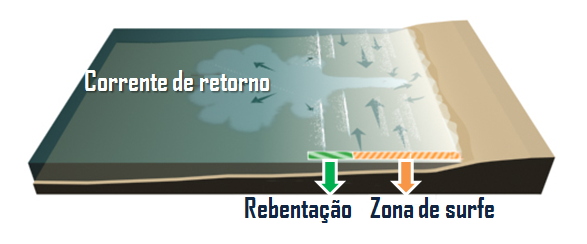Simple method predicts threats from sea-level rise
 |
| Low-lying coastal wetlands such as those
in the South Pacific nation of American
Samoa are susceptible to rising sea levelsPhoto: Edward Webb |
Global warming is causing concerns of rising sea levels, especially for low-lying island nations. Recent data (1993-2009) estimated a global rise at 3.3 ± 0.4 mm per annum, but this figure is expected to accelerate due to thermal expansion and ice melt. The threat of floods and disappearance of entire communities is very real, which Tuvalu in the Pacific can attest to; some of its smaller islands have already vanished underwater.
A group of NUS scientists is proposing the adoption of a method to identify areas vulnerable to sea-level rise that will help governments and policy makers mitigate the risk by taking early measures. Published in the journal Nature Climate Change on 25 April 2013, the study headed by a team from the University's Department of Biological Sciences and Department of Geography calls for global action using the simple low-cost tool, which is financially and technically accessible to every country with coastal wetlands.
 |
| RSET set-up and measurements Photos: US Geological Survey |
The technique employs a rod surface elevation table (RSET) in which a benchmark rod is drilled vertically through the soil down to the base of the mudflat. A portable horizontal arm is attached at a fixed point to compute the distance to the substrate surface. The table acts as a standard reference to calculate the rate and direction of the mudflat's surface movement.
Lead investigator Associate Professor Edward Webb from NUS' Department of Biological Sciences explained: "This method differs from other existing methods such as airborne imaging because it has higher resolution, whereby very small changes in surface elevation can be measured with high accuracy. Furthermore, it is able to quantify the major processes leading to surface elevation change. It is also very cheap to install and maintain so many RSET stations can be established at a single site and across many coastal wetlands."
This affordable tool can be extensively replicated to gather critical data for analyses. Assoc Prof Webb noted that data collection requires a level of expertise already present in most governmental departments and non-governmental agencies; the information can be used for cross-site and regional comparisons so "it's cheap, easy, very accurate, and empowers every country to monitor their own wetlands and become an equal partner in regional coastal wetland conservation".
He added that his team is exploring the possibility of implementing the method as a central data collection for a network of wetland monitoring programmes within Southeast Asia and globally. Besides coastal conservation, this will generate realistic regional predictions and information for coastal management and policy makers to take appropriate actions.
Co-author of the report Assistant Professor Daniel Friess from the NUS Department of Geography has installed initial RSET monitoring stations in Singapore and Thailand with support from the Singapore-Delft Water Alliance. Other partners from the US Geological Survey have also set up the tables in Asia Pacific.
 |
| The team of staff and students from the Department of
Geography led by
Dr Friess (far left), who spent four
weeks installing RSETs in Southwest
Thailand Photo: Dan Friess |
He added that his team is exploring the possibility of implementing the method as a central data collection for a network of wetland monitoring programmes within Southeast Asia and globally. Besides coastal conservation, this will generate realistic regional predictions and information for coastal management and policy makers to take appropriate actions.
Co-author of the report Assistant Professor Daniel Friess from the NUS Department of Geography has installed initial RSET monitoring stations in Singapore and Thailand with support from the Singapore-Delft Water Alliance. Other partners from the US Geological Survey have also set up the tables in Asia Pacific.
http://newshub.nus.edu.sg


Comentários
Postar um comentário